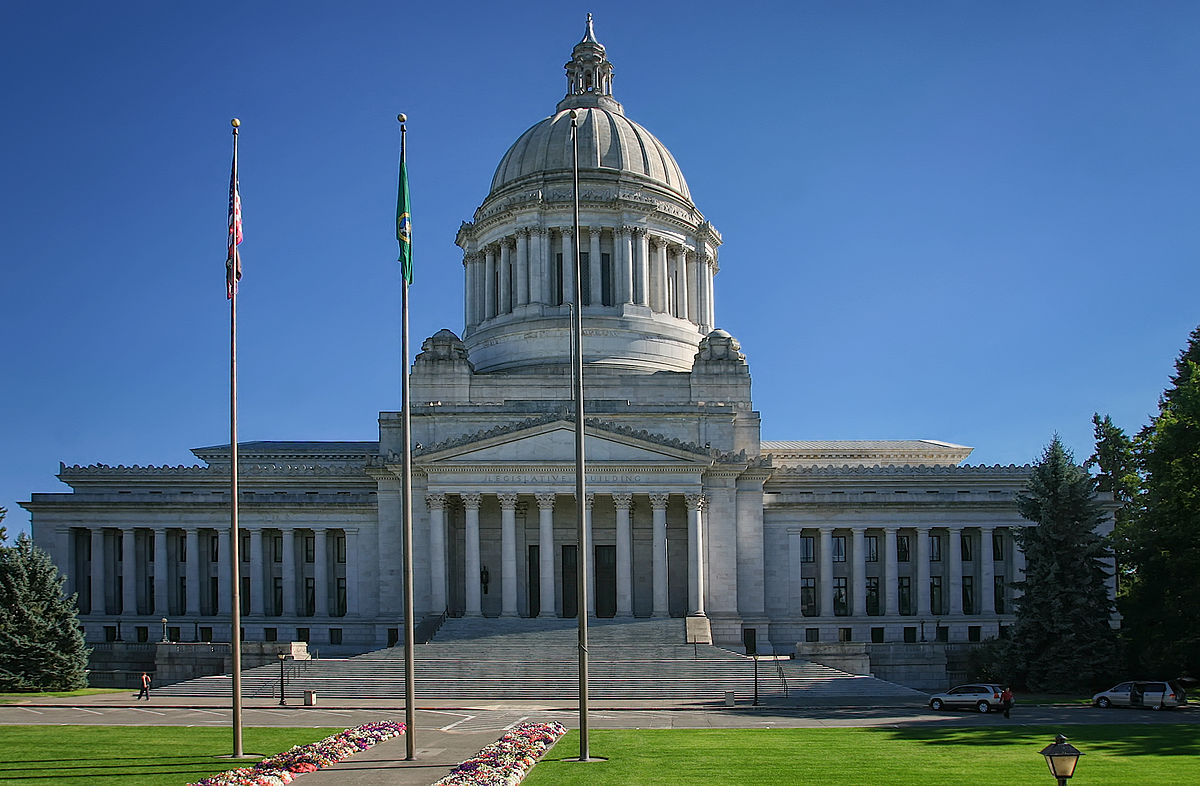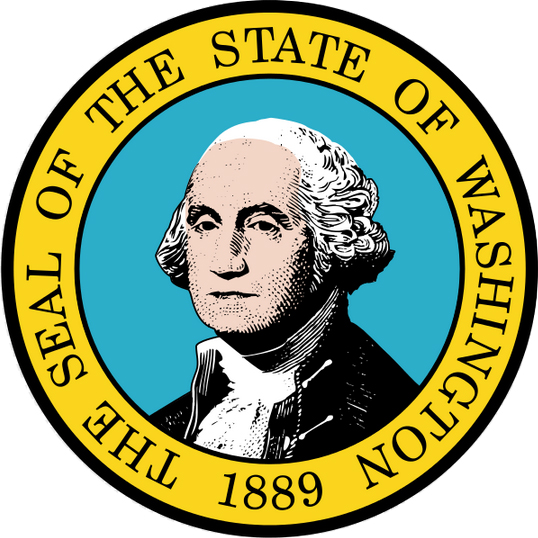
Blog
-
Geiger Readings for Feb 05, 2017
Ambient office = 73 nanosieverts per hourAmbient outside = 80 nanosieverts per hourSoil exposed to rain water = 84 nanosieverts per hourCarrot from Central Market = 76 nanosieverts per hourTap water = 66 nanosieverts per hourFilter water = 52 nanosieverts per hour -
Nuclear News Roundup Feb 04, 2017
NORTH Korea has issued a new set of stamps boasting about its nuclear weapons arsenal and pledging an immediate counterattack, as tensions between Kim Jong-un’s isolated regime and the US intensify. Express.co.uk
IRAN has fired at least 23 ballistic missiles – 15 of which are said to be nuke-capable – since signing the 2015 nuclear deal with world powers, a leaked report has claimed. Express.co.uk
-
Geiger Readings for Feb 04, 2017
Ambient office = 90 nanosieverts per hourAmbient outside = 65 nanosieverts per hourSoil exposed to rain water = 73 nanosieverts per hourOrange bell pepper from Central Market = 133 nanosieverts per hourTap water = 65 nanosieverts per hourFilter water = 51 nanosieverts per hour -
Geiger Readings for Feb 03, 2017
Ambient office = 83 nanosieverts per hourAmbient outside = 45 nanosieverts per hourSoil exposed to rain water = 48 nanosieverts per hourAvocado from Central Market = 92 nanosieverts per hourTap water = 71 nanosieverts per hourFilter water = 62 nanosieverts per hourDover sole – Caught in USA = 66 nanosieverts per hour -
Nuclear Weapons 341 – Washington State Is Considering Lifting The Ban On Evacuation Planning For A Nuclear Attack – Part 2 of 2 Parts
Part 2 of 2 Parts (Please read Part 1 first)
Representative Dick Muri (R-Steilacoom) is the sponsor of House bill 2214 to lift the ban. Senate bill 5946 is the corresponding bill in the Senate to lift the ban. Muri has pointed out that with the fall of the Soviet Union, the fear of angering Soviet leaders was outdated. On the other hand, I am concerned that major evacuation planning could anger the Russians who have inherited the nuclear arsenal of the Soviets. The Russian have been flying nuclear bombers into the airspace of other nations, running nuclear submarines and ships into other countries territorial waters, threatening to use tactical nuclear weapons in the event of a ground war with NATO and bragging about all the money that they are going to spend to modernize and expand their arsenal of nuclear weapons.
Muri believes that the biggest nuclear threat today comes from rogue nations such as North Korea. This is a belief that I do not share. The problem with this idea that rogue nations do not or will not possess a lot of nuclear warheads that could be launched at many U.S. cities at the same time. If they could only launch a handful of nuclear weapons at U.S. targets then unless we knew in advance that they were targeting a particular city we might be reluctant to try to empty all the major cities that might be targets. And as I said above, the very idea of quick evacuation of major cities would be extremely difficult if not totally impossible anyway.
Muri says that a nuclear attack is unthinkable but that we should have some plan for evacuation. This is an odd statement. Either something is unthinkable and does not need a planned response or something could happen and does need a planned response. You cannot have it both ways! And just because a possibility is “unthinkable” that does not mean that an impossible plan is a great response.
A couple of days ago, HB 2214 was voted out of the House Committee on Public Safety and will now be debated on the floor of the House. SB 5936 will be taken up in committee tomorrow.
Muri said, “Everybody thinks that a nuclear weapon hitting a part of our state would be the end of the world. It would not.” To which I can only respond that this is the sort of idiotic thing that the Reagan administration would say back in the Eighties. It has been estimated that detonation of a nuclear warhead anywhere in the world could have severe repercussions. I resent the casual comment from Muri about a detonation in “a part of our state.” Realistically, if anyone went to the trouble to launch a nuclear strike against Washington State, there are many prime military targets in the Greater Seattle area.” If a massive attack was launched against the U.S., the whole area around Puget Sound would be saturated with nuclear warheads and that includes Steilacoom.
The bottom line is that there are many possible disasters that could hit the Seattle area that deserve to have a response planned but a nuclear attack is not one of them.
Washington State Legislative Building:
-
Geiger Readings for Feb 02, 2017
Ambient office = 93 nanosieverts per hourAmbient outside = 100 nanosieverts per hourSoil exposed to rain water = 101 nanosieverts per hourCrimini mushroom from Central Market = 132 nanosieverts per hourTap water = 165 nanosieverts per hourFilter water = 151 nanosieverts per hour -
Nuclear Weapons 340 – Washington State Is Considering Lifting The Ban On Evacuation Planning For A Nuclear Attack – Part 1 of 2 Parts
Part 1 of 2 Parts
In 1983, the Washington State Legislature passed a bipartisan bill that banned preparations for nuclear war attacks. The bill specifically banned planning for the evacuation and relocations of citizens in major cities. The Reagan administration had been cranking up the tension between the U.S. and the Soviet Union. The reason given for an evacuation planning ban for Seattle and other big cities in Washington was that the Washington legislature feared that planning for evacuation could anger the Soviet leadership.
In the early 1980s, a Reagan administration official said publicly that you could protect your family from nuclear attack by digging a hole in your yard, putting a door over it and shoveling dirt over the door. This is, of course, ridiculous. Reagan was a warmonger in the early Eighties and worked hard to reignite the Cold War which had been fading. He and his administration were all too ready to think the unthinkable and decide that the U.S. could “win” a nuclear war. Easy enough for him to say when he knows that if a war started, he would be whisked away to a deep bunker with its own water, air and power to ride out a nuclear attack.
I happen to know something about evacuation planning for the City of Seattle, Washington. I was asked by the Physicians for Social Responsibility to analyze a rough sketch of an evacuation plan for Seattle in the year before the legislature passed the ban. I found a study on evacuation possibilities for the city of Denver which shares some similarities to Seattle. Like Denver, Seattle only has a handful of major routes out of the city. Evacuees would have limited choices to go north, east and south. Bodies of water block prevent evacuation to the west.
The Washington State Department of Transportation has detailed analyses of traffic flows. There are always problems on highways from accidents to stalled vehicles that have run out of gas. These problems increase as the number of vehicles on a highway increases. They can estimate the number of vehicles that would be trying to flee Seattle in case of an evacuation order. Running the numbers, it is likely that within twelve hours of an evacuation order, every major route out of Seattle would be blocked by accidents and stalled vehicles. Emergency vehicles would have great difficulty getting to and clearing such blocks.
The preliminary Seattle evacuation plan said that Seattle should be evacuated in three days. Considering traffic problems that would be inevitable, it would probably take more like three weeks to evacuate Seattle. There would be enormous logistical problems to take care of millions of people out on the highways unable to move their cars. They would be even more exposed to the effects of a nuclear attack than if they had stayed home.
While the explanation given for the evacuation planning ban is that it might upset the Soviets and make an attack more likely, the truth of the matter is the simple fact that it would be impossible to empty Seattle in a few days if there was concern over a possible nuclear attack. It was just not a practical idea. And thinking that it was practical could have contribute to the aggressive attitude of President Reagan and his administration.
The Washington Governor and Legislature basically told the Reagan administration that they would not cooperate in his effort to make the survival of nuclear war more “thinkable.” The Reagan administration retaliated against the Washington Governor and Legislature by saying that if an evacuation plan was not drawn up for Seattle, they would cut some of the federal funds that were supposed to go to the State of Washington. The Washington Governor and Legislature were unimpressed and basically told the Reagan administration to keep their money. The bills authorizing the ban on evacuation planning were passed and it became the law in Washington.
Please read Part 2





